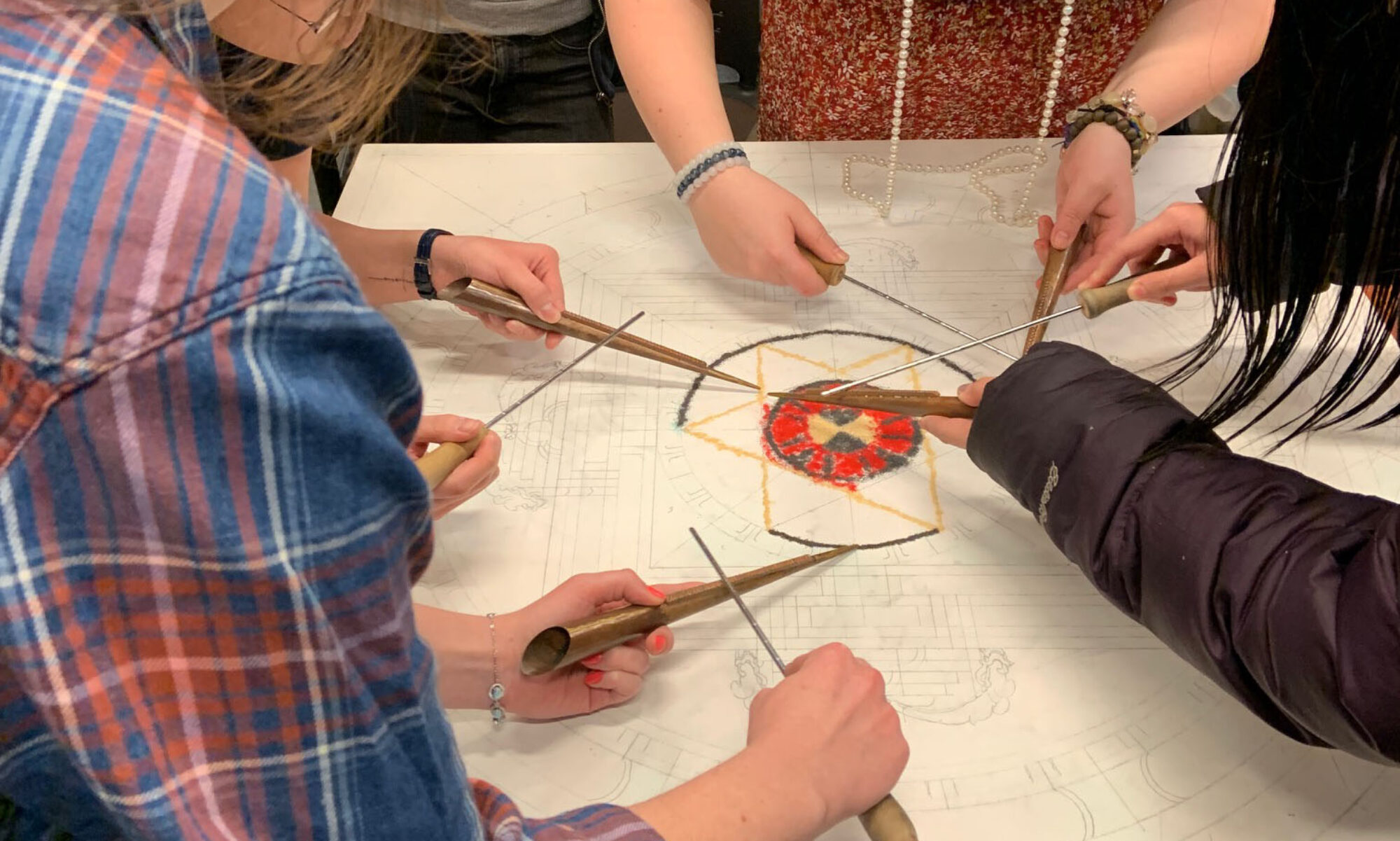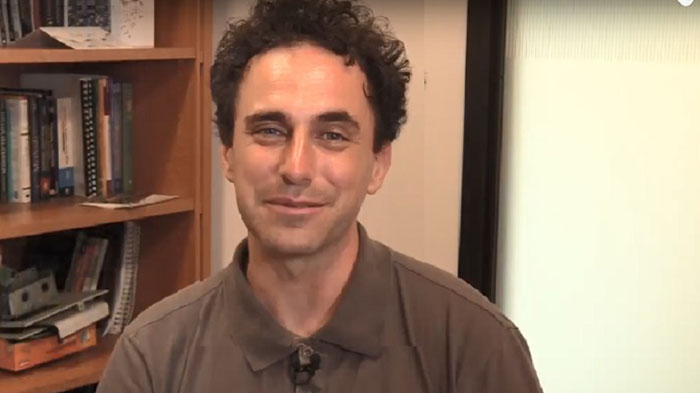In this episode, Sarah Richardson speaks with Norman Farb, Associate Professor of Psychology at the University of Toronto Mississauga, about teaching contemplative science.
Sarah and Norm talk about the benefits and drawbacks of secularizing Buddhist practices such as mindfulness, and about his use of exercises such as mindfulness and body scanning in his courses.
Show Notes
1:05 – Norman introduces himself and his research interests
1:35 – Teaching contemplative practices defining what they are
2:27 – Accessibility of contemplative practices
2:56 – Differences between contemplative practices and Buddhist practices such as meditation
3:57 – The “Foundations of Contemplative Science” course construction
5:21 – Course structure
5:55 – The luminaries of Contemplative Science
7:30 – Interoception defined
7:50 – How to measure interoception
10:25 – Brain imaging for interoception
12:11 – Benefits for people
13:32 – Getting mindfulness right – the pitfalls to the mass marketing of ‘wellness’
16:29 – Derealization disorder defined
18:19 – Potential dangers of not setting people up for success – the importance of direction
21:51 – Dividing up types of mediation, and introducing type of meditation to students
25:17 – Student pushback and discomfort when taking on daily practices
26:29 – Most popular practices with students and what works best
26:48 – Norman describes body scans
27:41 – Length of guided meditations
28:35 – Visual focus in classrooms
29:28 – Student evaluations in terms of mechanistic lines of inquiry
31:51 – How to test people’s ability to connect to themselves during contemplative practice
33:58 – Methods of engagement with self-reference
36:17 – Benefits of meditation training
37:42 – Difficulties with reconciling personal experiences and academic experiences and Norman’s journey into contemplative science
42:20 – Zindel Segal and the Mindful Awareness Lab
44:05 – Myths about meditation
48:16 – Research development and growth
51:36 – Space for students to think about their own mental health, in courses and beyond
52:59 – Teaching methods and developments
55:31 – Building a community of students
56:26 – Endings
Resources Mentioned
Jon Kabat-Zinn’s guided mindfulness practices
An APS article on the concept of interoception
Ronald Purser’s book, McMindfulness

